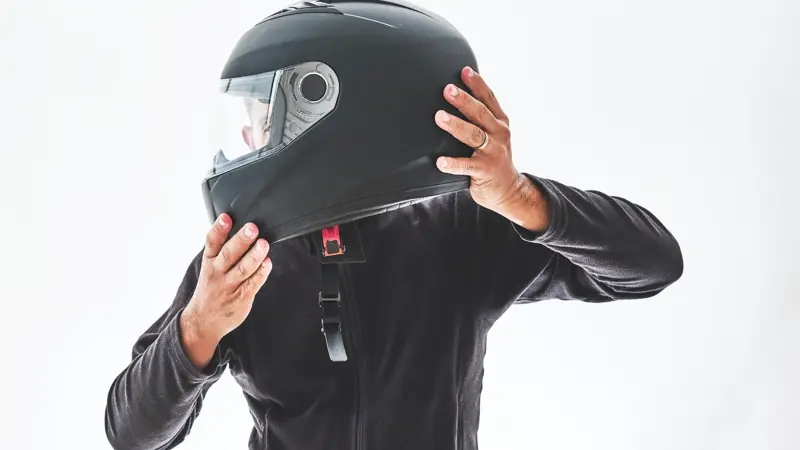Wearing protective headgear is essential in many areas and jobs, from construction sites filled with noise and debris to winding paths used by cyclists. The use of helmets is universally accepted as critical for protecting the head from harm. In the following text, we will explore the various types of helmets available, each designed with specific features to suit different environments. Understanding the subtle differences in these helmets is important for anyone from professionals who must follow strict safety rules to those engaging in high-adrenaline sports.
Construction Helmets: Mitigating Onsite Risks
On any active construction site, where you’ll hear nails being hammered and the roar of heavy machinery, workers can always be seen wearing a crucial piece of safety equipment: the construction helmet, also known as a hard hat. These sturdy helmets are essential for the safety of construction workers, acting as the first layer of protection against many common dangers found onsite. Made from tough materials such as high-density polyethylene (HDPE) or advanced polycarbonate blends, these helmets go beyond simple protection.
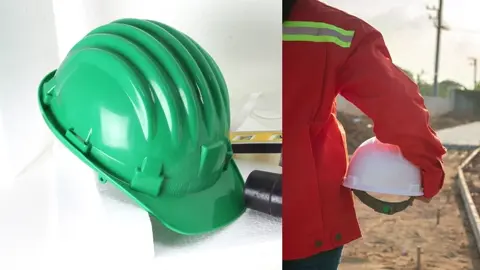
They are designed with complex suspension systems inside that do more than just provide cushioning; this network is designed to securely protect the head. It ensures that the force from falling objects or unexpected impacts is spread over a larger area, minimizing the force’s impact on any one point. The shape and engineering of these hard hats are carefully developed to mitigate the damage from potentially life-threatening impacts to much less serious injuries. Hard hats are a vital part of the personal protective equipment set that every construction worker must have.
Sports Helmets: The Front Line of Athlete Protection
In the high-stakes world of contact sports, athlete safety is a top priority, with a special focus on preventing head injuries. Players in high-impact sports like football, hockey, and lacrosse wear specially designed helmets. These helmets are not just for show; they’re sophisticated protective devices made with internal padding to absorb shocks and shape to the player’s head for a tight, secure fit.
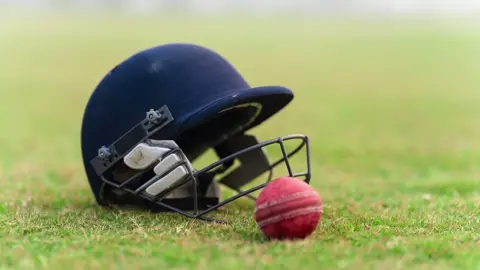
The outer design of these helmets is aerodynamic, aimed at deflecting and spreading out the force during impacts, which significantly reduces the chances of concussion, a frequent and serious risk in these sports. In addition to their physical design, there are strict standards and certifications established by organizations like the National Operating Committee on Standards for Athletic Equipment (NOCSAE) to ensure helmet safety.
Bike Helmets: From Commute to Adventure
The importance of bike helmets for cyclist safety is paramount, whether navigating the busy streets of a city or traversing isolated and uneven terrains. Bike helmets are an engineering feat, designed to be both light enough to ensure comfort and strong enough to offer significant protection. Road bike helmets cater to the needs of commuters and daily riders who prioritize an aerodynamic shape alongside safety features. They often incorporate extensive ventilation systems to keep riders cool during extended trips.
Essential Bike Multi Tool for Cyclists
Conversely, mountain bike helmets are constructed with durability in mind to protect riders who venture onto tough terrain. These helmets typically have enhanced structures and additional coverage that can include face protection, which is essential given the unpredictability of rough trails and the possibility of flying debris.
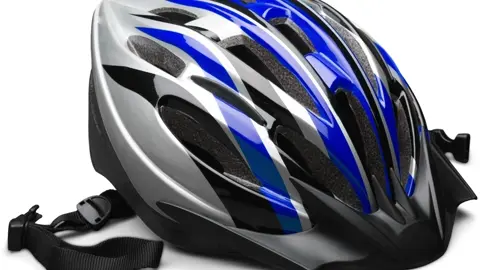

Motorcycle Helmets: Secured Fit, Secured Ride
Motorcycle helmets are essential safety gear, not just accessories. They serve as a primary protection in accidents, underscoring their critical importance for riders’ safety. Helmets are universally regarded as an essential item for motorcyclists, given the high risks associated with riding, and are proven to significantly decrease the likelihood of serious head traumas if a crash occurs. Modern helmets come with visors that are thoughtfully designed to protect riders’ eyes from wind, flying debris, and insects, ensuring an unobstructed view of the road. This keeps riders focused on navigating the continuously changing traffic conditions without interruption.
Moreover, helmets feature strong chin straps that are designed to ensure the helmet remains in place during a collision or vigorous rides. To further increase their protective function, helmets are made from advanced composite materials like kevlar or carbon fiber. These materials offer a superior strength-to-weight ratio, giving maximum resistance against impacts while also being lightweight enough not to strain the rider’s neck or shoulders.
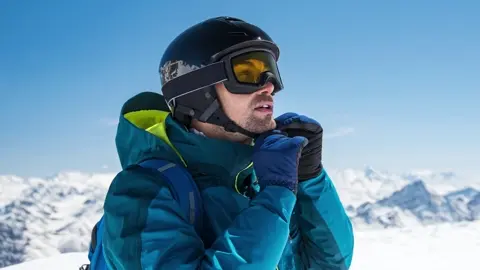
Climbing Helmets: Scaling Safely
Climbing helmets play an indispensable role for rock climbers and mountaineers. As a key piece of safety gear, these helmets are designed to provide strong protection during climbs. They defend against falling debris and the shock of colliding with the rock. Unlike construction hard hats, climbing helmets are specifically created for the needs of mountain climbing. They are lighter, making it easier for climbers to move up steep slopes without extra weight. Additionally, they have built-in ventilation systems that help dissipate heat and allow fresh air in, which is crucial during the intense effort of climbing to prevent overheating.
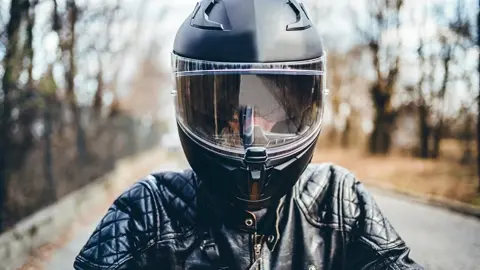
Full-Face Helmets: Offer Superior Protection
Full-face helmets are essential for safety in high-speed sports like downhill mountain biking, motocross, or other motorsports. These activities carry a significant risk of severe facial injuries due to falls and collisions at high speeds. Full-face helmets provide superior protection when compared to traditional helmets by covering the entire head. They include sturdy shields for the jawline and face to prevent fractures, cuts, and abrasions during impacts. Features such as visors protect the eyes from flying debris, while advanced ventilation systems maintain comfort without sacrificing safety.
Additionally, full-face helmets must meet strict safety standards and undergo thorough testing to ensure they can withstand intense forces, giving sports enthusiasts the confidence to challenge themselves with less risk.
Specialized Helmets: Helmet Heroes
In many professions, the design and integrity of headgear are critical—it can be the difference between surviving dangerous situations or sustaining severe injuries. For example, firefighters depend on helmets that can endure extreme heat and protect against debris from above. These helmets are a blend of modern technology and practicality; they deflect radiant heat, resist combustion, and offer protection from both blunt force and sharp objects.
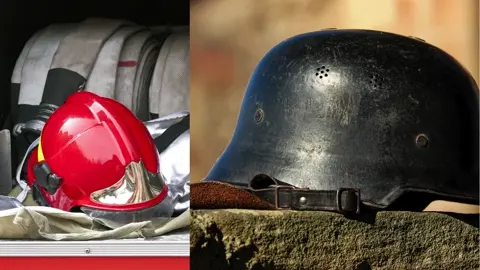
At the other end of the spectrum are military combat helmets, which are crafted to address entirely different hazards. These combat helmets are made using advanced material technology that provides ballistic protection; they can absorb energy from shrapnel and bullets. Additionally, they often come with built-in communication systems and are made to work with night vision gear, reflecting the strategic demands of modern combat operations.
Children’s Helmets: More Than Just Fun Designs
Protecting children’s heads during risky activities like cycling or skating is crucial. Helmets for kids are not mere small-sized adult helmets; they are specially designed to safeguard the developing heads of children effectively. These helmets take into consideration the unique needs of a child’s head such as their softer skull bone, relatively larger head-to-body ratio, and weaker neck muscles. In addition to essential safety components like impact-absorbing materials and firm strap systems, these helmets also come in bright colors and with beloved characters to appeal to young wearers.

By combining fun aesthetics with vital protection features, the helmets greatly improve the odds that children will wear them willingly, thereby reducing the chances of head trauma during various activities from casual play to high-intensity sports.
The Bottom Line
When selecting a helmet, it is essential to choose one that is designed for the particular activity you will engage in and to verify that it meets the necessary safety standards. The helmet should fit well – comfortably tight without sliding around as you move.
In examining the importance of protective helmets, one thing is evident: Regardless of whether you need it for work or recreational pursuits, picking the appropriate helmet is vital for your protection. Should any helmet take a substantial hit, it must be replaced since its ability to protect may be impaired. Ensure your safety by wearing the correct helmet for your activities.

